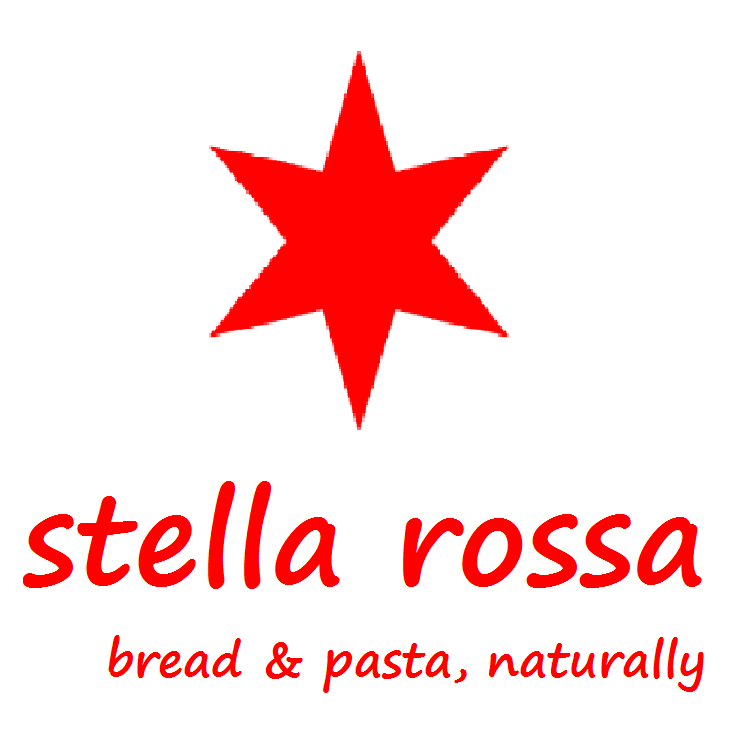Our motto is Given by Nature, Made by Hand, Baked by Fire. Our aim is to take the best ingredients and carefully combine them into beautiful products using methods that emphasise time and craft and engage all the senses.
We source natural, organic, local, fresh ingredients wherever we can . Most of our flours, for example, are organic and stoneground, rather than highly processed or steel roller-milled. For the most part they have no additives or conditioners. The same applies to our seeds, nuts, vegetables and other ingredients. We use non-iodised, hand-harvested Celtic sea salt and where it's appropriate or interesting, we use Australian native flavours, such as pepperberry, and lemon myrtle.
We want to adopt sustainable, low-impact supply lines, and also to achieve great taste. We are not organic or "artisan" for the sake of it. Where a particular type of bread benefits from the use of baker's yeast, for example, we will happily use it, although we mostly combine it with a natural levain, to enhance the structure, texture and flavour.
Our pasta is made and sold fresh, using locally-sourced free range eggs and organically grown vegetables.
We use very little machinery - mostly just simple mixers for our doughs. We have no dividers, shapers, extruders, slicers, sheeters or rollers. Once mixed, our doughs are portioned, shaped and cut by hand. Time, temperature and hand-craft thereby become the additional ingredients for our breads and pastas.
Once again, this choice is about sustainability (less energy consumption) but also about taste - because one of the major reasons flavour has been lost from modern bread and pasta is the need to adapt the products to withstand the rigours imposed on them by mechanised mass-production techniques.
Our pasta is shaped using small-scale cutting blades, hand wheels and the traditional Italian chitarra. These techniques are suited to our small-batch production and in our view they retain the silkiness and rustic simplicity of our full egg and egg-yolk pastas.
Finally, our breads are baked in a traditional, brick, wood-fired oven that dates from the early twentieth century. They were once common all over Australia before industrial processes took over in the 1950s; in recent years some of the few remaining ovens have been restored by enthusiasts and professionals who find an indefinable but distinctive quality to the bread produced by the even, radiant heat that is stored in the massive brick construction of these wonderful ovens, radiating back as the bread rises, browns and crackles under the watchful eye of the baker.









